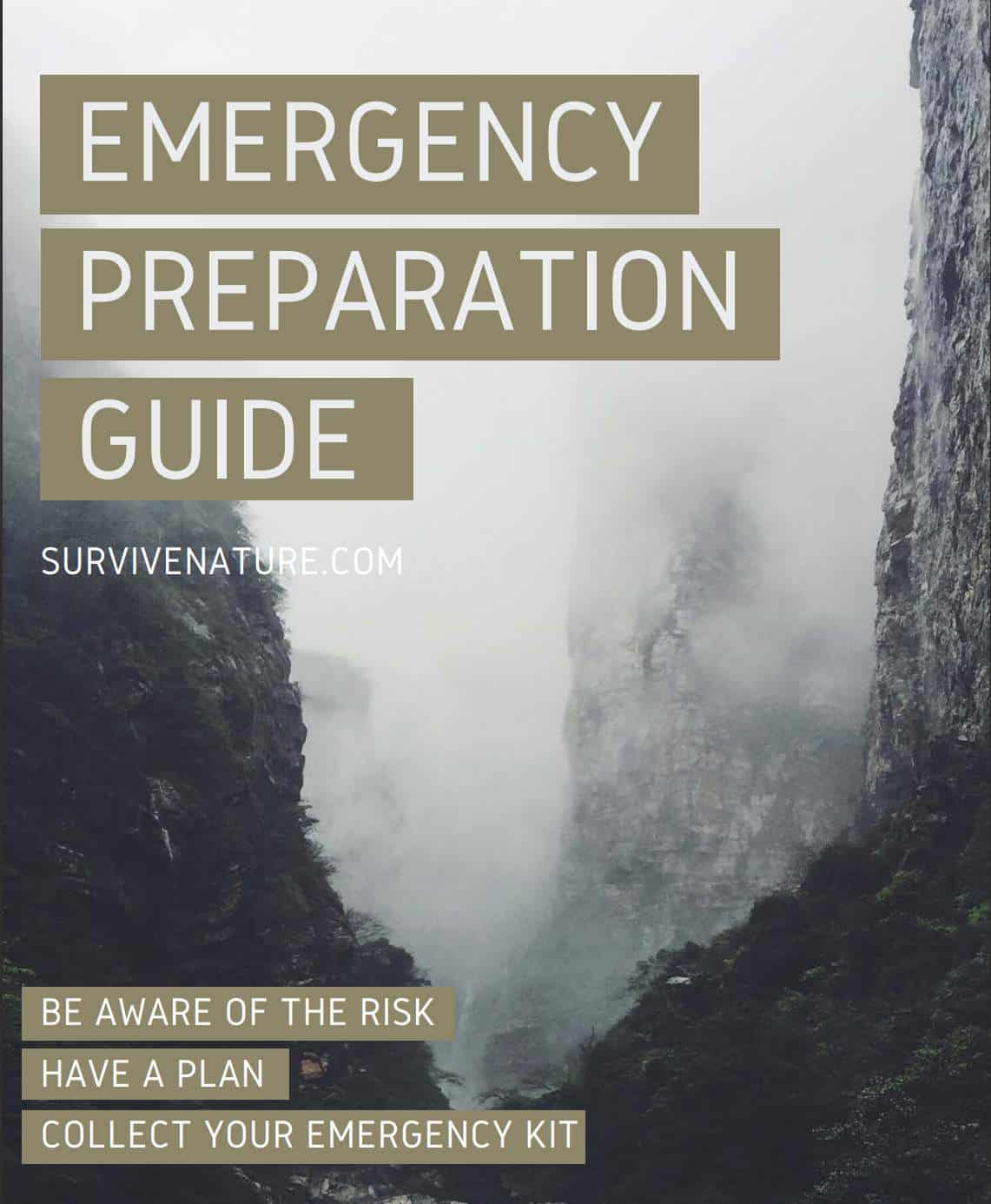Introduction
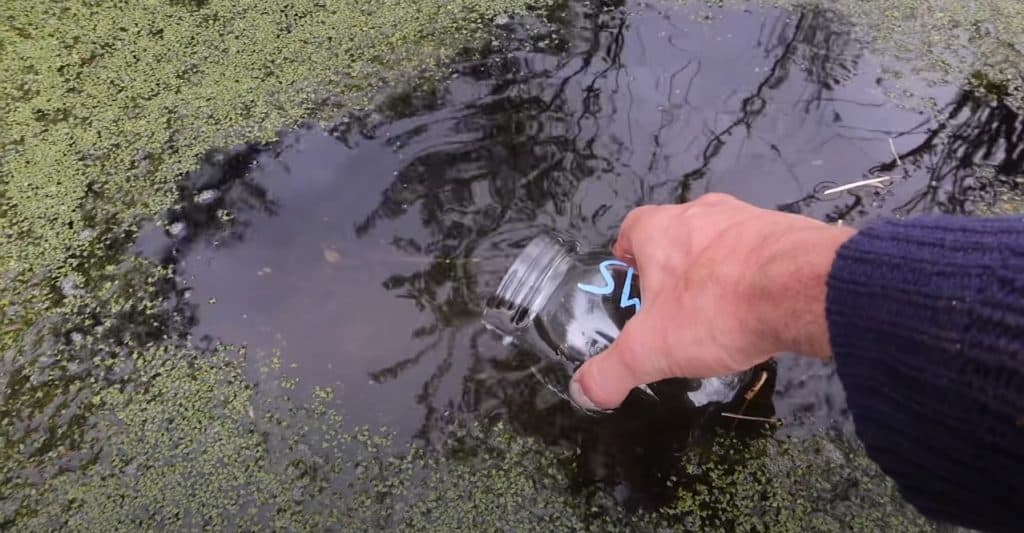
Clean drinking water is essential in any situation, as is having a sufficient load of duct tape in your toolkit. If a dire situation has happened and you are looking for a safe place, the first thing you want (and need) to do there is to find a water source.
To the point
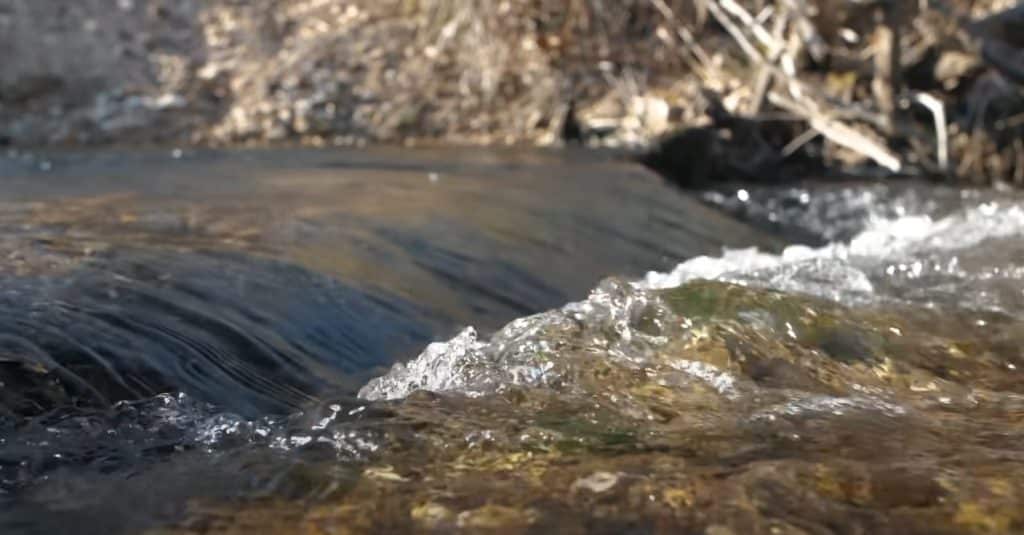
Most likely, your resources and tools are limited, and high-tech tools are not available. Is it possible to test the water in simpler ways? Of course, it is, and we will tell you how to do it with low-cost drinking water testing methods.
What Can You Find?
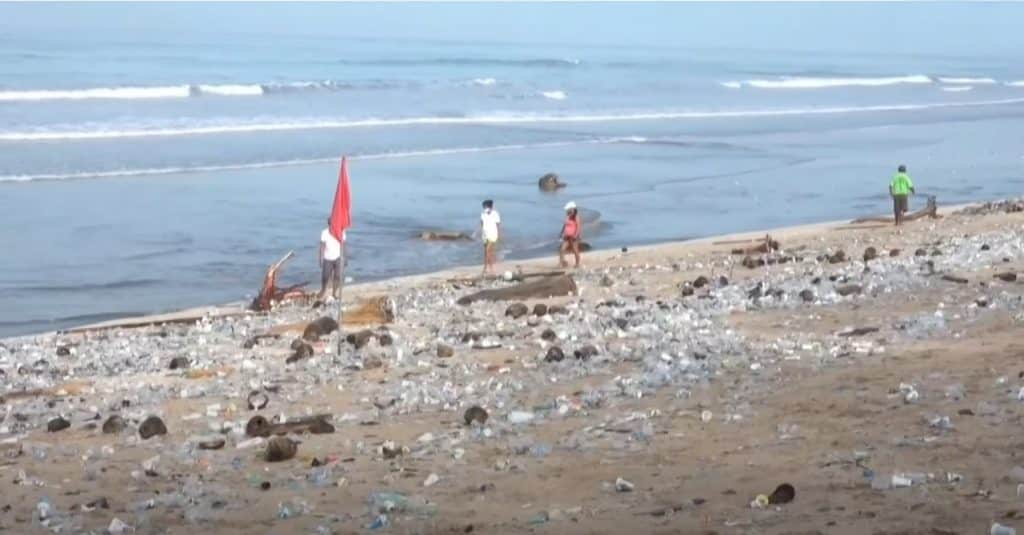
Lead
A hazardous substance that can lead to serious consequences and even death. Causes lead poisoning if ingested or inhaled. Damaging neurons, this toxic element causes vomiting, constipation, headaches, and various abdominal pains. Longer-term effects may include memory problems, seizures, anemia, inability to produce children, or coma.
Iron
Water with a high iron content causes rust. This is why yellow-orange spots appear on your plumbing or various other surfaces like concrete in a well. Not what you want to find in drinking water.
Nuisance Bacteria
This is not something that carries a lot of danger in the beginning. But the feature of bacteria is that they multiply and do it very quickly. So, after a short time, their number will greatly increase. And with their increase, the percentage of sulfur and iron in your water will also increase. This already carries serious dangers.
Hydrogen Sulfide
Hydrogen sulfide is usually easy to detect by smell, as it smells like a disgusting rotten egg. However, its presence in water can be due to several reasons: the natural or bacteria presence.
Disease-Causing Bacteria
It can be Coliform or E.Coli. Very unpleasant bacteria that cause disease. To get rid of such diseases, you will have to take strong drugs or even antibiotics for a long time, which are not easy to get in survival conditions.
Manganese
Many manganeses in the water have frightening effects that can be confused with Parkinson’s disease. Manganese can influence the motor skills and mental states of a person. Such water will taste bitter, and the mineral itself paints the surface in purple or black.
Water Test Methods

1. Identify The Source of Water
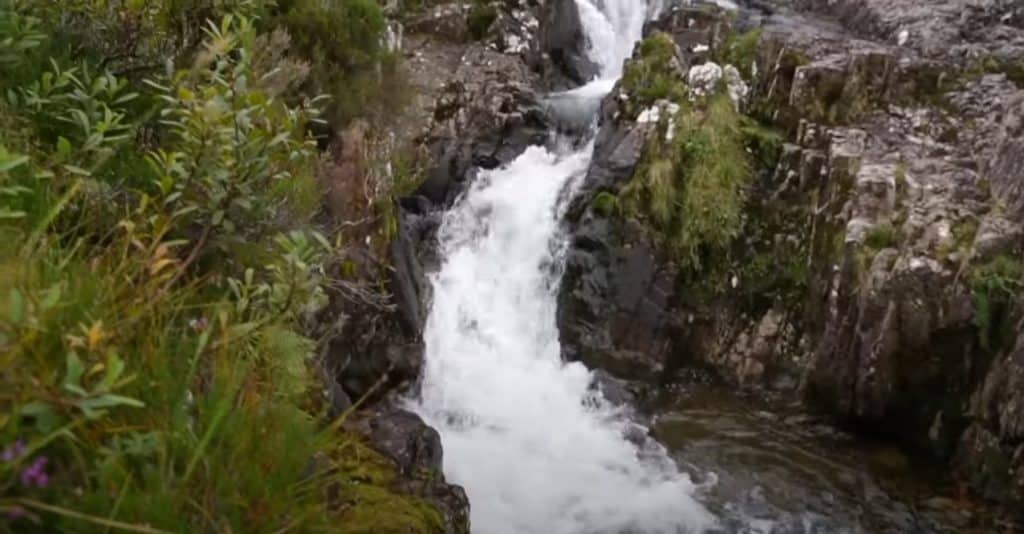
Contact the Water Company
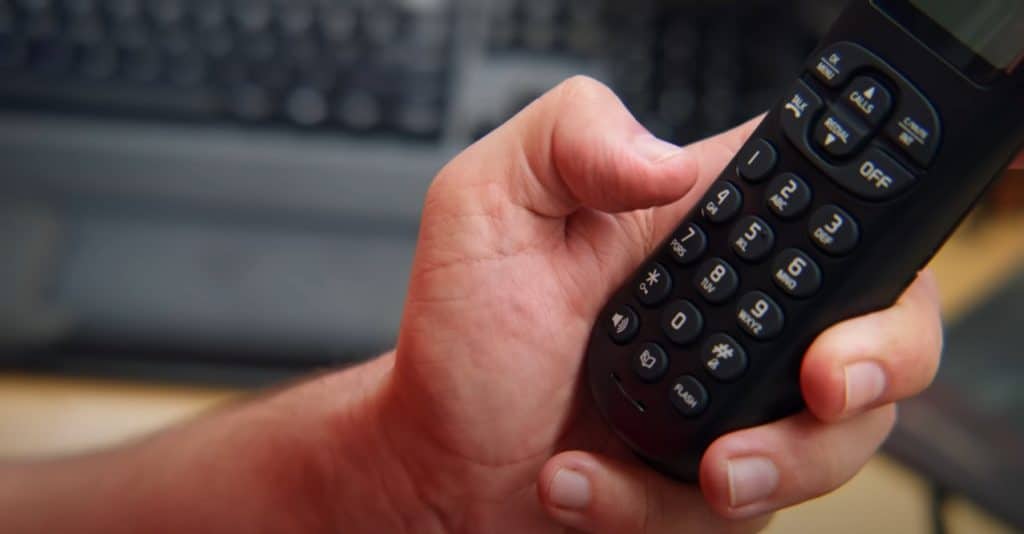
Ask For A Water Quality Report
If the services of the city or place in which you are located continue to function, then you can request a water quality report. This can be done at the local municipality or city hall.
If you have any doubts or concerns about the quality of the water, you have the right to request a report and receive all the information. Sometimes it may not be easy to find the governing body responsible for this issue. You can start your search from the official website for your city or area.
Find Water In The Wild
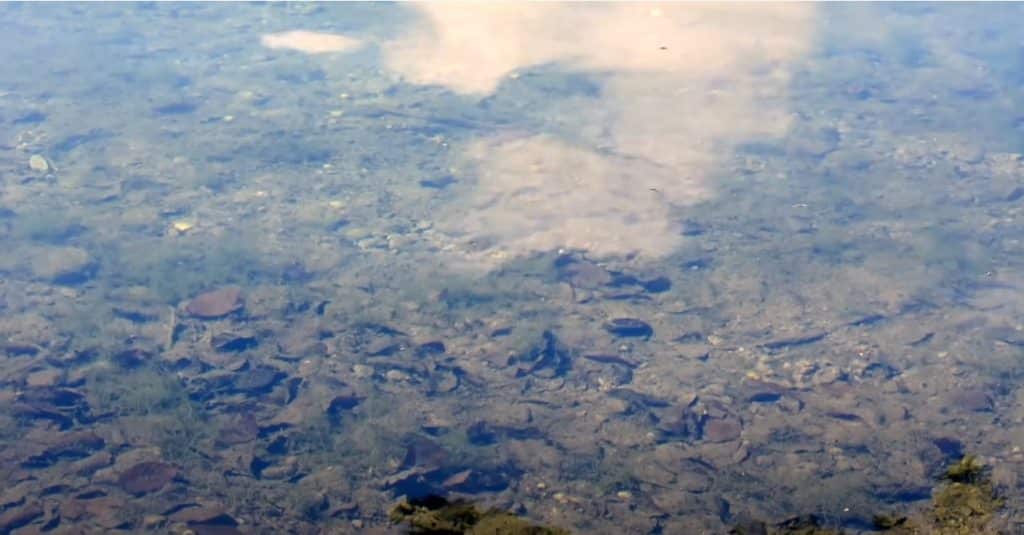
Most likely, you are aware, but we will also mention that you should not drink urine or seawater. This water will not quench your thirst, and more will go away with your urine than you get. Not the most pleasant way to die of dehydration.
You should also be careful with water from rivers. While this is a good opportunity to refill your bottle, it doesn’t hurt to do a water test. Large rivers are often polluted by industries, factories, volatile organic compounds, and everything that people call civilization.
In stagnant ponds, you can also find something that you would not like to drink. High levels of bacteria, harmful contaminants are frequent companions of stagnant water.
2. Use Your Senses to Test Drinking Water

This method will not give you complete information about the composition of the water, but the primary data will be enough for some time.
Check Its Appearance
Better to start by examining the appearance of water. This is something you can do easily by simply pouring water into something transparent, like a glass or bottle.

Look at the water in the light. You should pay attention to the level of its transparency and to any particles that may be contained inside.
Do not forget that some contamination can appear in the water due to pipes or hoses through which the water flows. Sometimes it is enough to pass a certain amount of water to make it clear.
The color of the particles will help you identify their origin:
- Whites and browns can indicate the presence of minerals such as calcium or magnesium carbonate
- Reddish-brown particles most likely originated from rust in pipes
- Dark and black — dirt or soil
Smell It
The smell of water can tell a lot not only to sanitation consultants but also to you. By smelling the water, you can understand if there is strong pollution or other substances.
Consider three types of pronounced odors that are most common:
- Earthy or musty
- The smell of rotten eggs
- Bleach smell
If the water smells like earth or a little mustiness, then most likely it is not dangerous. But such a smell can be quite annoying and interfere with enjoying clean drinking water. Call a plumber to check the ducts.
But you should not drink water with the smell of rotten eggs (you will not want to). Such a feature can indicate both a problem with water and with pipes. Do a little test. Pour water into a glass and let sit for a couple of minutes. If the odor stays, then there is an issue with hard water. If the smell has disappeared, then there are problems with the fittings that need to be replaced or at least cleaned.
The smell of bleach signals the presence of chlorine for water purification. It is safe and should disappear in a few seconds after pouring water. Such water does not contain harmful elements, but the smell can still get in the way. You can install a home water filter to fix this problem.
Taste It
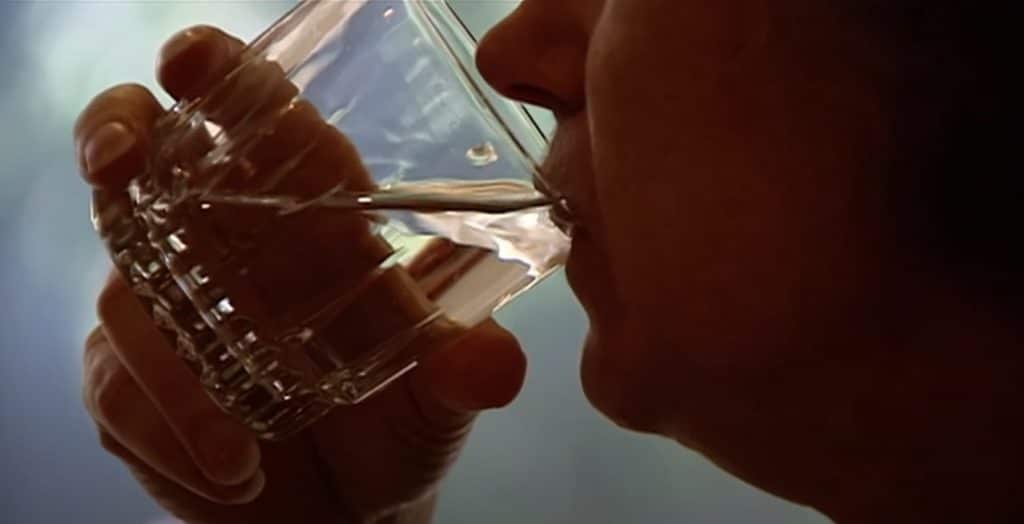
But also water can have flavors:
- Salty — signals about pollution, and quite a serious one; caused either by industrial waste or irrigation drainage
- Metallic — can indicate either low pH or excess minerals
- Bleach taste — too much chlorine to clean
3. Use Home Water Test Kit
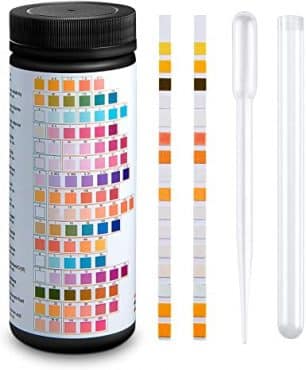
Almost all of these test kits work the same way. The set includes:
- Test strips
- Color chart
- Instruction
The principle of operation is that you apply a water sample to test strips, and they change color depending on the content of the substances. Using the table, you can determine the safety or hazard of water.
There are different types of testing kits:
- Some include only one strip and usually only allow the pH level to be determined.
- Others include several test strips, and with them, you can detect pesticides, chlorine, nitrates, lead, and so on.
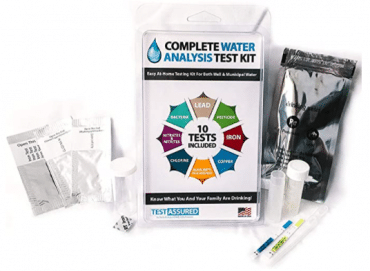
Your water testing kit must contain detailed instructions. There may be specifics about how to apply water to the strip or how long you need to wait. It may even require different water temperatures.
Another option
For example, the Complete Water Analysis Test Kit takes 10 minutes to test your water for 10 constituents, including alkalinity, nitrates, copper, pesticides, water hardness, and several other contaminants.
After you have taken the strips out of the water and waited for the specified time, you only need to compare the color with the chart and get fairly accurate results.
These kits take up little space and weigh almost nothing, so you can definitely put a few in your trunk or Bushcraft backpack.
4. Soap Suds Test With Castile SoapImagify
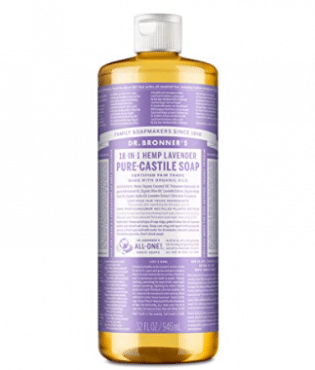
It should be free of dyes, detergents, and any fragrances. We can recommend the Castile Liquid Soap, but you can take any other.
So, step by step instructions:
- Fill an empty bottle one-third full with water (it should be cool)
- Take soap and add just a couple of drops to the same bottle
- Close the bottle and shake it hard
- Watch water samples
Soft water will give transparency and lots of bubbles. This is the kind of water you can drink. Hard water with contamination will be cloudy, and there will be almost no bubbles. You shouldn’t drink such water.
This is a straightforward test with basic soap, and it will not replace laboratory tests, but it can be done anytime, anywhere. In addition, you need soap in any case, and now you know how you can use it for other purposes.
Frequently Asked Questions (FAQ)
How can I test my water at home?
If you are not satisfied with your water supply, then it is worth testing it. You can go to environmental laboratories, but these tests can be costly. It is good that there are less expensive tools. You can easily buy a water testing kit. The set contains special strips that, when water gets there, determine the presence of certain substances. For instance, testing for alkalinity, hardness, heavy metals, lead, and other contaminants is available. For the safety of you and your family, we recommend doing this yourself at least once a year.
Are do-it-yourself water testing kits accurate?
Yes, the accuracy of such testing kits is pretty high. They won’t show you a certain percentage, but you can trust such tests. The kit will show you if the water is contaminated with all accuracy.
Is it safe to DIY test water?
If you do not have the opportunity to contact water engineers, then you can easily test the water with a DIY well water testing kit. You can search them online or in hardware stores.
The water can be tested completely safely and accurately. If water is contaminated, then the kit will show it without any doubt. You can also determine water hardness or its pH. In general, this is a useful tool that should be in every home.


